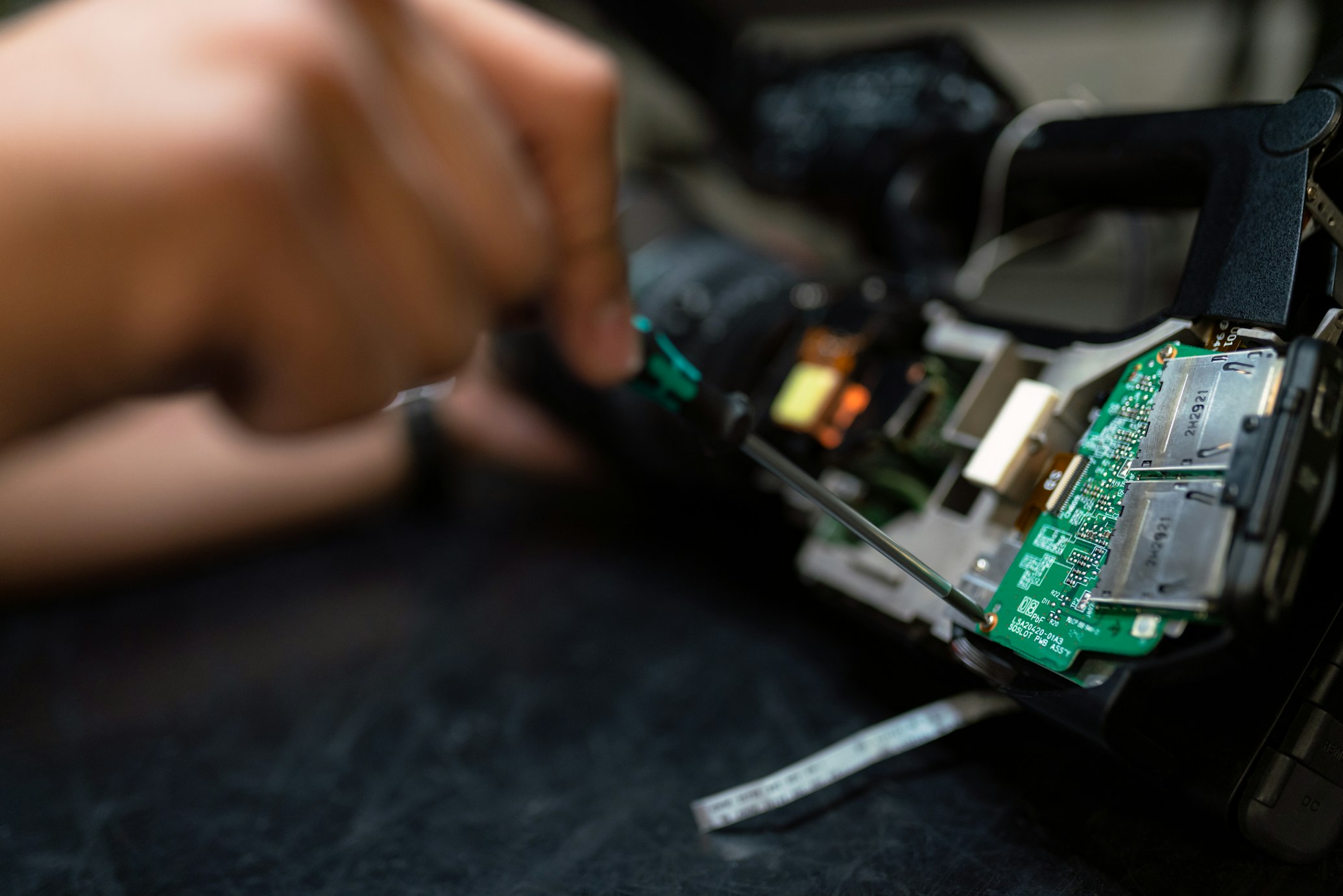Swarm Intelligence: How Coordinated Robot Teams are Mapping Ocean Ecosystems
New collaborative systems enable multiple autonomous vehicles to work together, dramatically increasing efficiency and data collection capabilities while reducing operational costs.








